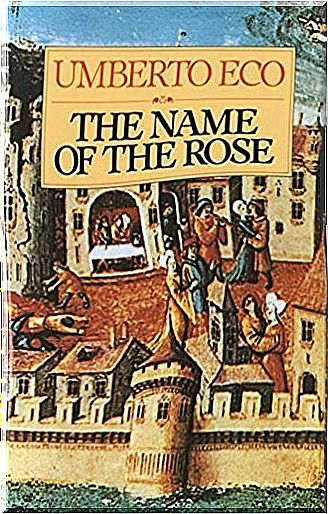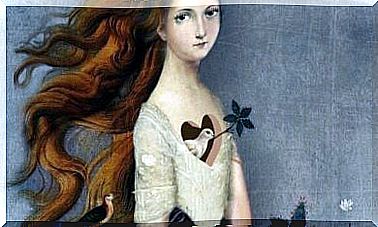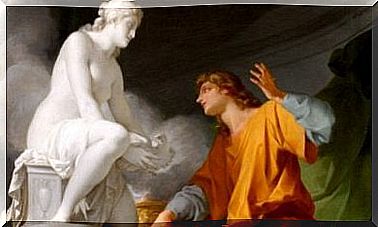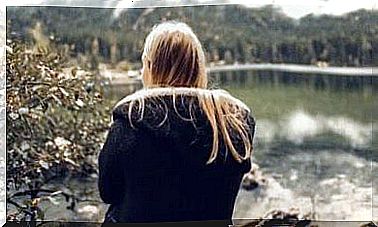Rose’s Name

The setting in Rosen’s name is unique. This book, published in 1980, was also made into a movie. It is about a Benedictine monastery located in the Apennines in 1327. This is where the Franciscan monk, William of Baskerville, and his faithful companion Adso of Melk are on their way, unaware of the disturbing mystery that awaits them there. William, who has a dark past as an inquisitor, is commissioned to attend a meeting to discuss alleged heresies of a branch of the Franciscans: The Spirituals.
With the stage set up in a skilful way, Umberto Eco creates a detective novel that gives the reader a sense of customs and traditions of the dark and cruel Middle Ages. In this historical setting, religion gave power and took it away. It gave way or ruined lives in the name of God. And in addition to being omnipotent, God was portrayed as a punisher, against all kinds of worldly entertainment and its most natural expression: laughter.
The mystery of the rose
The name of the monk who is the main character, William of Baskerville, is far from coincidental. Umberto Eco called him William in honor of the famous philosopher William of Ockham, who is known for the “Ockham’s Razor” principle. The principle is that when there are two hypotheses that explain an event just as well, the simplest should prevail. Modern science still follows this principle, although the current version is known as Ontological Parsimony or the Rule of Simplicity .
This principle is also present in the behavior of one of the most famous detectives of all time: Sherlock Holmes. Williams’ last name, Baskerville, is related to The Hound of the Baskervilles , one of the cases that brought fame and glory to Sir Arthur Conan Doyle.
The explanation of the monk’s name would be a simple anecdote if we left it there. However, it symbolizes a statement of Williams’ intentions, which will spend most of his stay in the convent, where he tries to solve the crimes that begin to take place there. The chain of crimes reminds us of another of the most famous mystery novels: And Then There Were None , by Agatha Christie.
Another nod to the story in Rosen’s name is related to the caretaker of the monastery’s extensive library. His name is Jorge of Burgos, which is a reference to the author Jorge Luis Borges. In the words of Eco itself, “a library and a blind man can only become Borges, also because debt must be paid”.
The thorns of the rose
Burgos ends up being the character behind the murders that take place in the monastery, one after the other. He does this to prevent Aristotle’s second book of poetry from coming to light. The book was humorous, and the monk was afraid of it. He believed that laughter was nothing more than an evil wind that deformed his face and made men look like monkeys.
Fiar Jorge believed that laughter was the antidote to fear. He believed that the fear of the devil made men turn to God. Without fear, he believed that men would laugh at God just as they laugh at everything else. Yet Jorge’s calling is his own downfall. As a lover of books, he is to control knowledge, not destroy it. He can only take that path when he realizes he is trapped; that William has discovered him and that he has no other option.
We can also appreciate the classic medieval collision between reasonableness and faith. This is exactly the conflict we see in the story between Inquisitor Bernardo Gui and William. It will shake the foundations of the church with the birth of the Protestant Reformation and the height of the Enlightenment.









